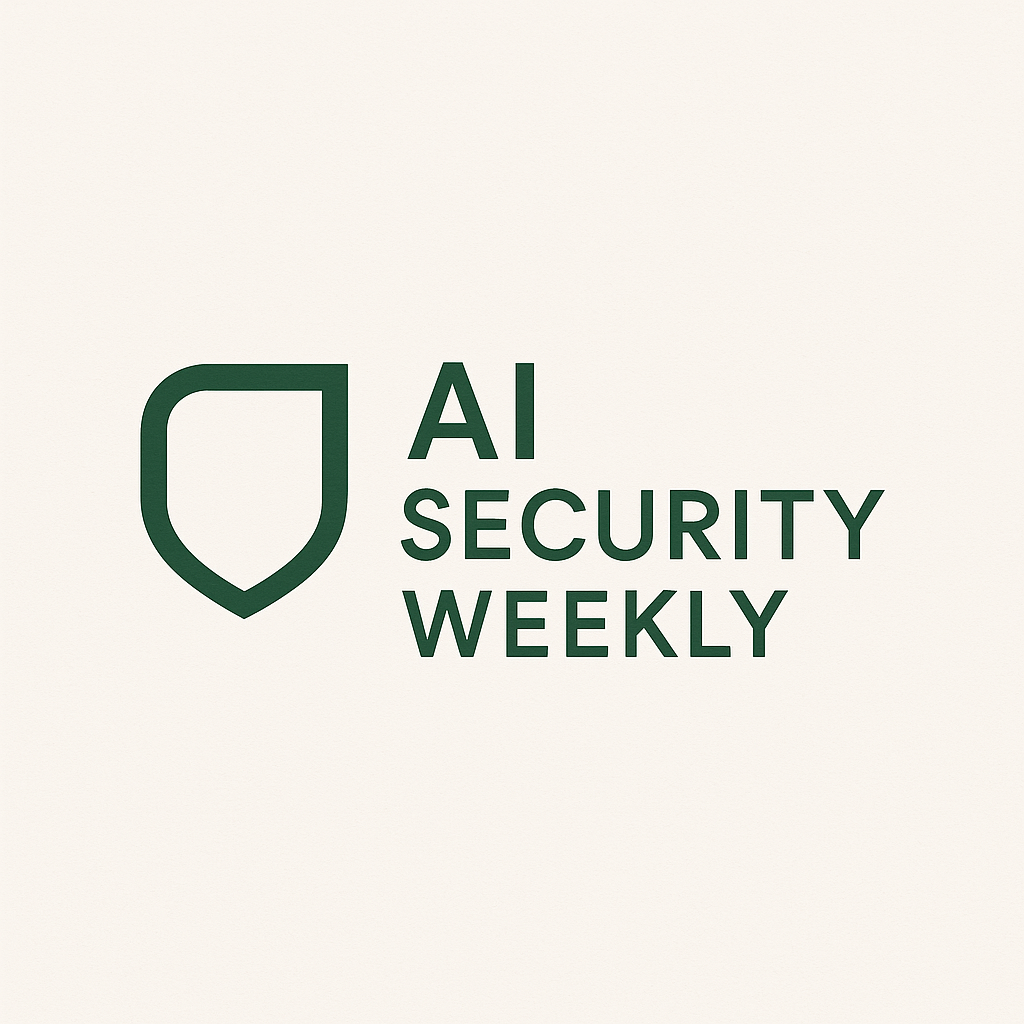The cybersecurity landscape in 2025 is increasingly dangerous, with recent prominent breaches highlighting the vulnerability of customer data. A significant incident involving Marks & Spencer, as reported by BBC Breaking News on X, revealed that sensitive customer information, including names, addresses, and order details, was compromised during a sophisticated cyberattack. While the retailer verified that no usable payment information or passwords were taken, the breach underscores the urgent need for IT data analysts to recognize the growing threats faced by personal data in our continually evolving digital landscape.
Equally concerning are assertions from X users, such as marco grisantelli, suggesting that the Marks & Spencer incident might involve a ransomware attack with potential costs reaching £300 million, disrupting not only checkout systems but also affecting multiple business sectors. Although these claims have yet to be validated, they illustrate the extensive disruption cyberattacks can bring, prompting data analysts to reconsider their strategies for data protection in their organizations.
Privacy-Enhancing Technologies as a Defense
For data analysts, incorporating privacy-enhancing technologies (PETs) is now essential rather than optional. Differential privacy, for example, provides a mathematical framework that preserves individual anonymity even when data sets are analyzed or shared. By introducing controlled noise into data outputs, differential privacy enables organizations to extract valuable insights while safeguarding sensitive information—a crucial tool in a landscape where data breaches are prevalent.
As analysts deal with increasingly complex data sets, particularly in AI-driven settings, securing data pipelines is critical. Unprotected pipelines can become targets for cybercriminals, allowing them to intercept or manipulate data flows. Recent incidents, such as the LexisNexis Risk Solutions breach reported by Cybersecurity News, where personal information of 364,000 individuals was exposed via a third-party platform vulnerability, highlight the necessity for robust security measures at every stage of data handling.
Guidance from NSA and CISA on AI Data Security
The National Security Agency (NSA) and the Cybersecurity and Infrastructure Security Agency (CISA) have shared essential guidance for protecting data utilized in AI models, as detailed by Dark Reading. This includes ten best practices aimed at securing sensitive information throughout the AI development lifecycle, addressing risks such as supply chain weaknesses and data corruption. For those analysts working with AI systems, this guidance acts as a blueprint to integrate security into model training and deployment.
NSA and CISA stress that unsecured AI data can be manipulated to compromise model integrity or extract proprietary knowledge, a serious concern for industries reliant on machine learning. Analysts must prioritize encryption, establish access controls, and conduct regular audits to ensure the integrity of the data feeding AI systems. As cyber threats continue to evolve, aligning with such authoritative recommendations is vital to mitigate risks and maintain operational resilience.
A Call to Action for Data Analysts
The recent wave of cyberattacks and new guidance emphasizes a critical moment for data analysts. Incidents like the Marks & Spencer breach are not isolated but reflect a rising trend in cyber aggression. Analysts must advocate for the adoption of PETs, such as differential privacy, while also securing data pipelines against potential breaches.
Moreover, staying informed about recommendations from organizations like the NSA and CISA is imperative to ensure that security measures evolve alongside technological advancements, especially in AI. The role of data analysts is expanding beyond mere analysis to becoming advocates for privacy and security, a responsibility that, if neglected, could yield severe consequences for organizations and their stakeholders.



